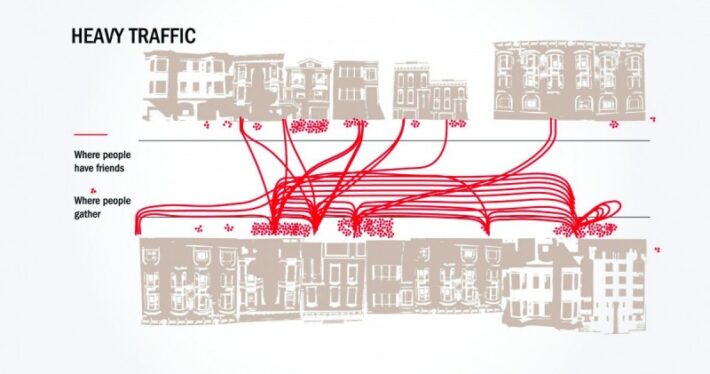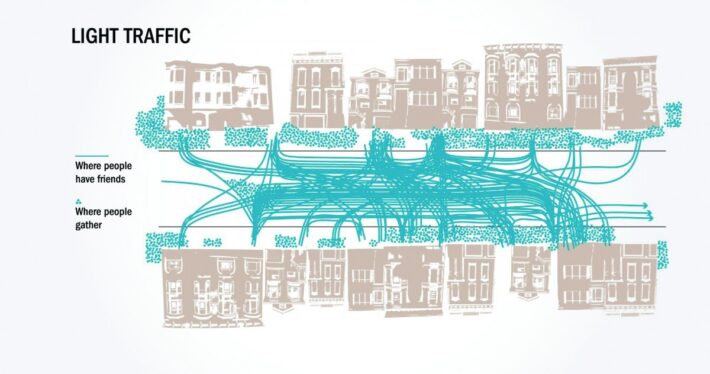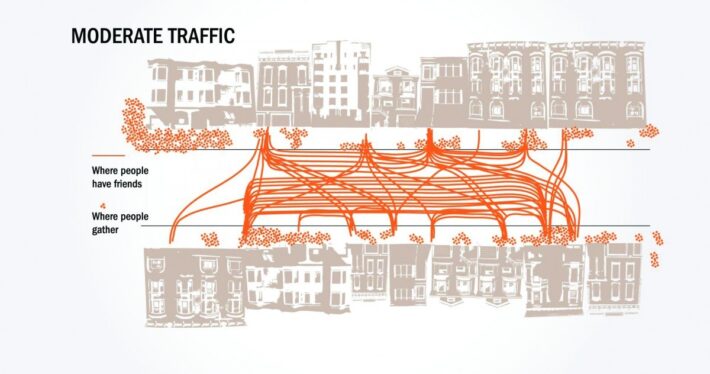Transportation
Bicycle & Pedestrian Planning
The benefits of walking and cycling are difficult to overstate. Here are just a few reasons why promoting walkable and bikeable communities matters:
Many of our community members can’t drive or don’t have access to a car.
Neighborhoods that are safe to walk and bike in grant our young people freedom to make friends and socialize, as well as access educational and recreational opportunities. They also help preserve the personal autonomy of our aging population, placing daily needs within walking distance. For individuals and households who can’t afford a personal vehicle, walking and biking can become critical for commuting to work or reaching essential services.
Supporting active transportation like walking and biking supports public health.
Increased walking and biking can help reduce obesity, prevent car crashes and improve air quality.
Walkability and bikeability are good for the economy.
Walkability can improve property values, reduce transportation expenses, support thriving business districts and village centers, and help attract young, talented workers.[1]
Walking and biking help fight climate change.
In the United States, transportation is the leading source of greenhouse gas emissions, largely from personal vehicles.[2]
Walkable neighborhoods help build community cohesion.
For example, a study out of the University of New Hampshire found that residents in more walkable neighborhoods in Portsmouth and Manchester, NH had higher levels of trust in their neighbors.[3]
In Livable Streets, Donald Appleyard illustrated how different levels traffic can affect the formation of social capital. Photo Credit: Livable Streets, Donald Appleyard and Bruce Appleyard, Elsevier, 2019.
SWRPC promotes walking and biking throughout its transportation planning program. Here are just a few examples:
We assist communities plan for and implement “complete streets.”
Complete streets are streets that are designed for all users, including cyclists and pedestrians. We’ve helped municipalities large and small develop complete streets policies and design guidelines. We’ve also provided guidance and support on complete streets implementation including assistance developing project proposals for the federal and regional transportation grant programs.
We help communities create “safe routes to schools.”
Fewer and fewer children are walking to and from school, often due to safety concerns. We’ve worked with a number of school districts to develop safe routes to schools plans, which include recommendations on how to promote walking among students and families and improve walking and bicycling conditions.
We collect and interpret data in order to build understanding of where people walk and bike.
We deploy pneumatic and infrared counters that can quantify walking and cycling activity at specific locations, which can be important for justifying or documenting the impact of infrastructure improvements. We also leverage data from the fitness app Strava to study walking and cycling patterns.
We inventory and assess pedestrian and cycling infrastructure.
In partnership with the NH Department of Transportation, we collect information on sidewalks, curb ramps and crosswalks, including their physical characteristics and condition. We can then leverage this data to help municipalities plan for improvements.
We support rail trail planning.
Our rail trail network represents an important transportation and recreation asset for walkers and bikers. For more info, visit our rail trail planning page.
We support the work of the Monadnock Alliance for Sustainable Transportation (MAST).
MAST is a volunteer advocacy group whose mission is to expand the use and availability of alternative transportation, including sidewalks, walkways and bicycle infrastructure. You can learn more about MAST here.
Interested in learning more about how SWRPC can help your community plan for a more walkable and bikeable future? Don’t hesitate to contact us with your questions.









 Monadnock Alliance for Sustainable Transportation Website
Monadnock Alliance for Sustainable Transportation Website